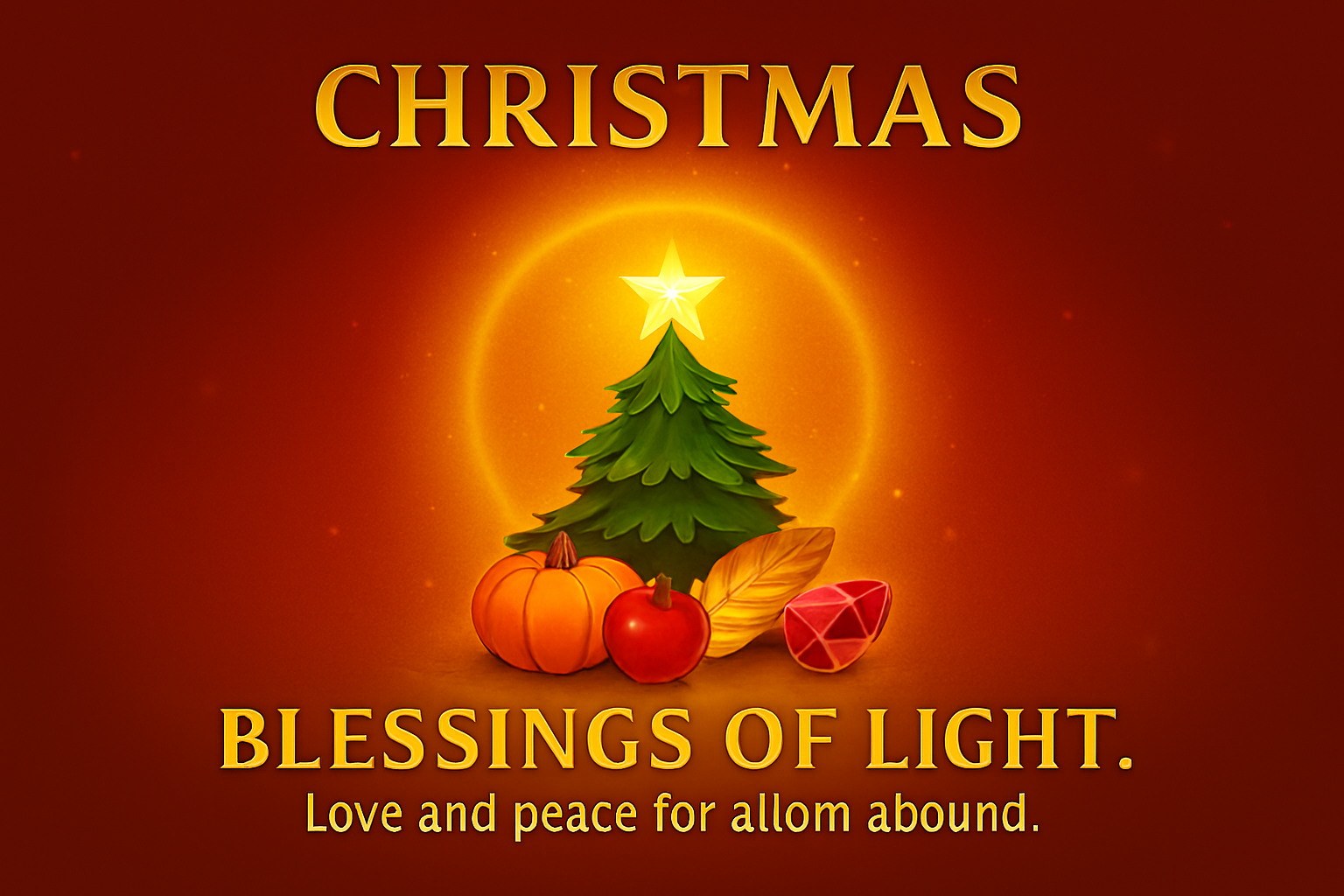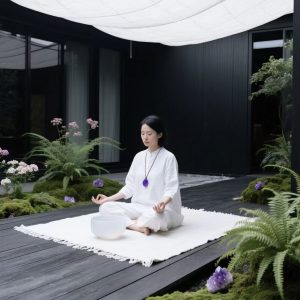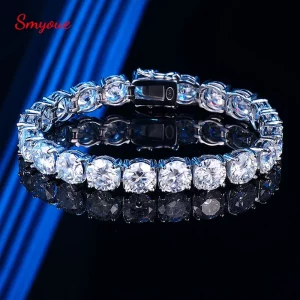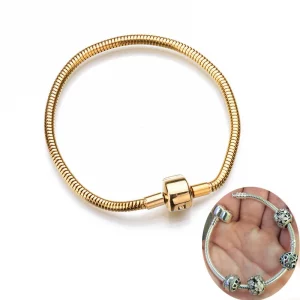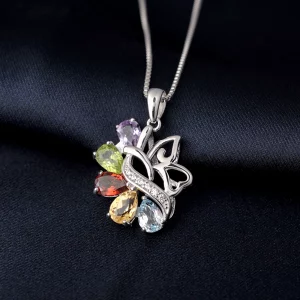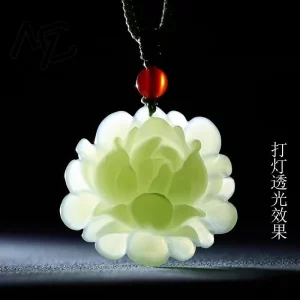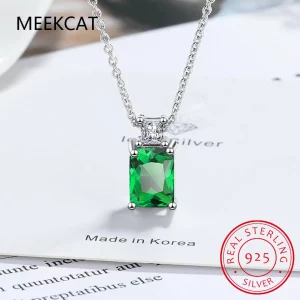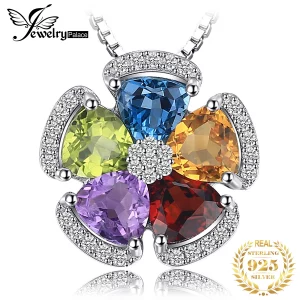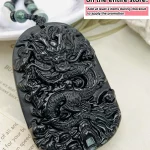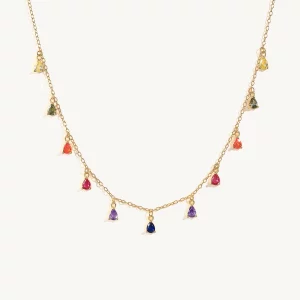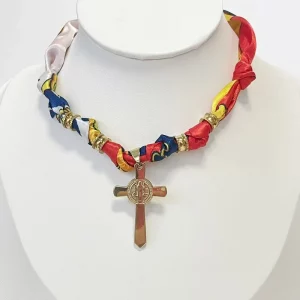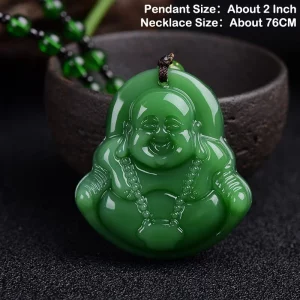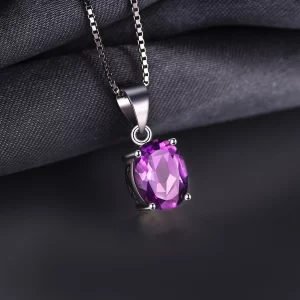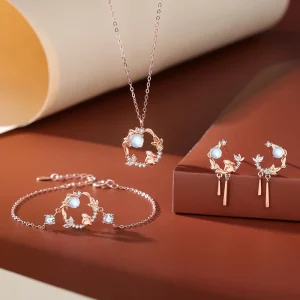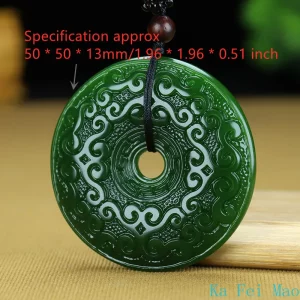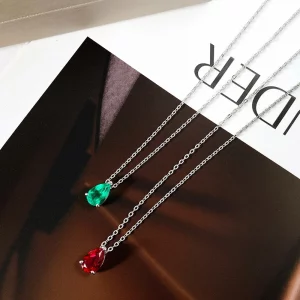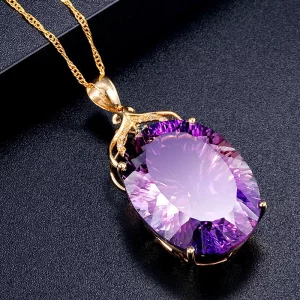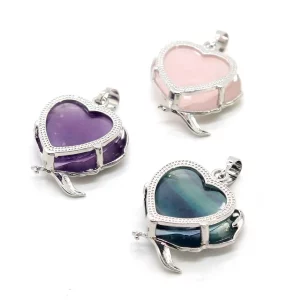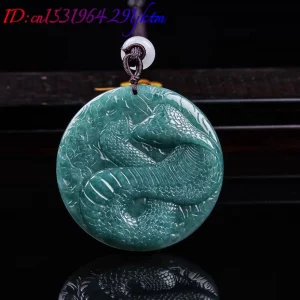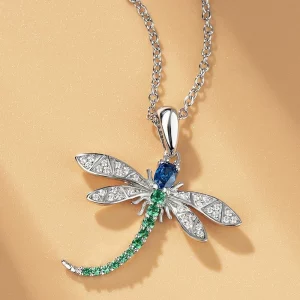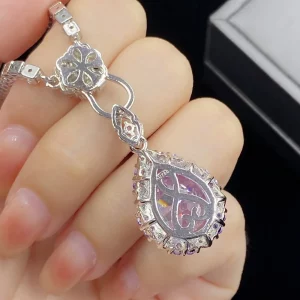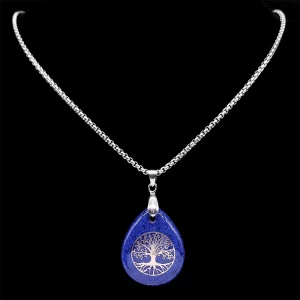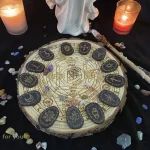🗺️ Occasion Map: Charting Jewelry Across Life’s Milestones
Introduction — Mapping Meaning Through Moments
Every occasion in life carries its own rhythm, its own emotional resonance. Jewelry has always been more than ornament—it is a marker of time, a witness to milestones, and a vessel of memory. The Occasion Map philosophy is about charting how adornments accompany us through life’s stages, from intimate beginnings to communal celebrations, from quiet rituals to grand ceremonies. By mapping jewelry to occasions, we discover not only beauty but continuity, a way of weaving meaning into the fabric of our days.
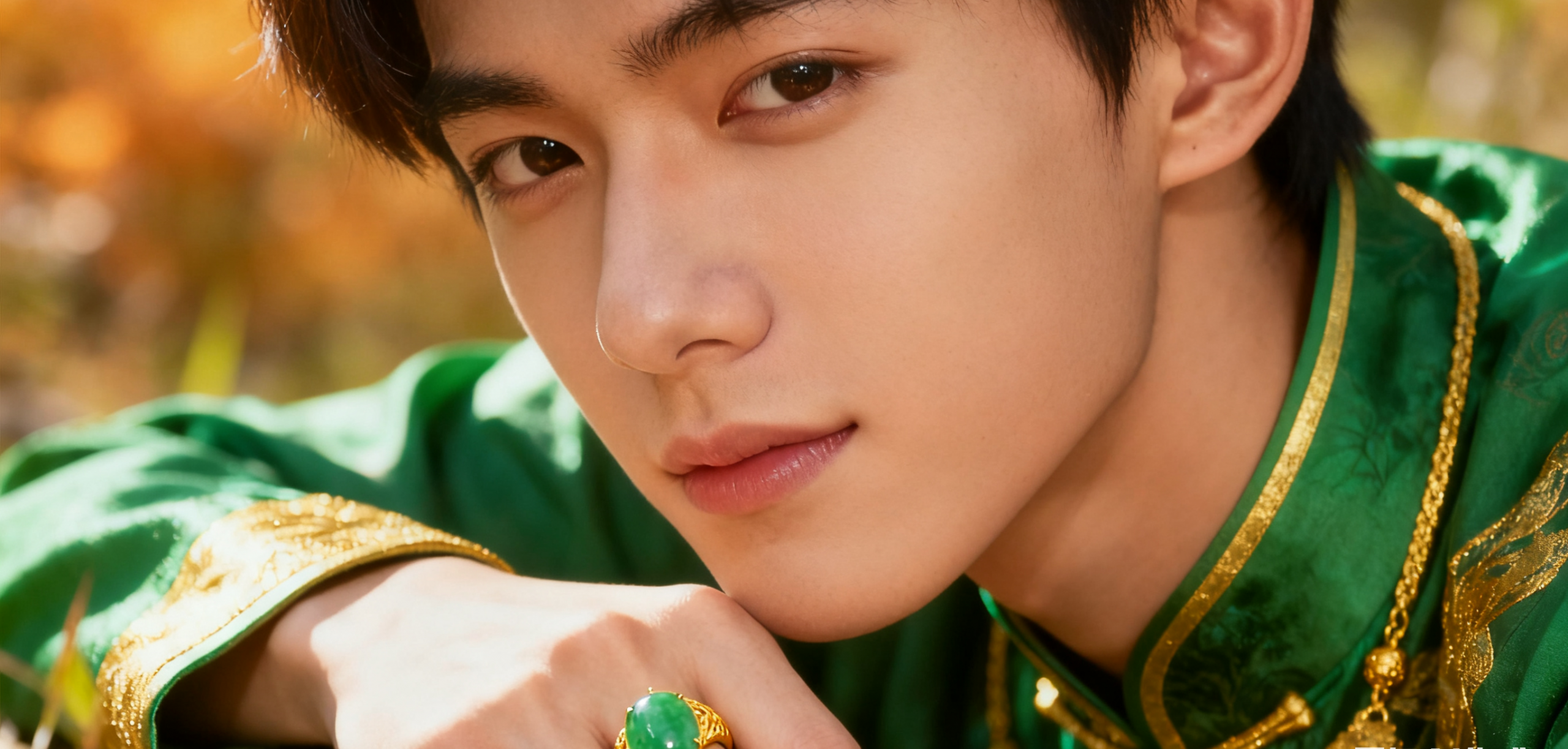
1. Intimate Beginnings: Jewelry as Personal Milestone
The earliest occasions for jewelry are often deeply personal—moments of self-discovery, quiet achievements, or private rituals. A young adult receiving their first jade pendant, a graduate wearing a gold ring to mark transition, or someone gifting themselves a bracelet as a symbol of resilience—these are intimate beginnings.
Across cultures, such adornments are tied to rites of passage. In India, the kada bracelet may be given at coming-of-age; in Western traditions, a “sweet sixteen” necklace or graduation ring marks maturity. In East Asia, jade bangles are often gifted to daughters as blessings of protection and grace.
Modern psychology affirms that marking milestones with physical symbols strengthens identity and self-worth. Wearing jewelry in these moments is not vanity but affirmation—a way of saying, this moment matters, and I carry it with me. SEO terms like jewelry for milestones, coming-of-age jewelry, and personal jewelry meaning connect with readers seeking both cultural depth and practical inspiration. Intimate beginnings remind us that jewelry is not only for display but for anchoring memory and identity.
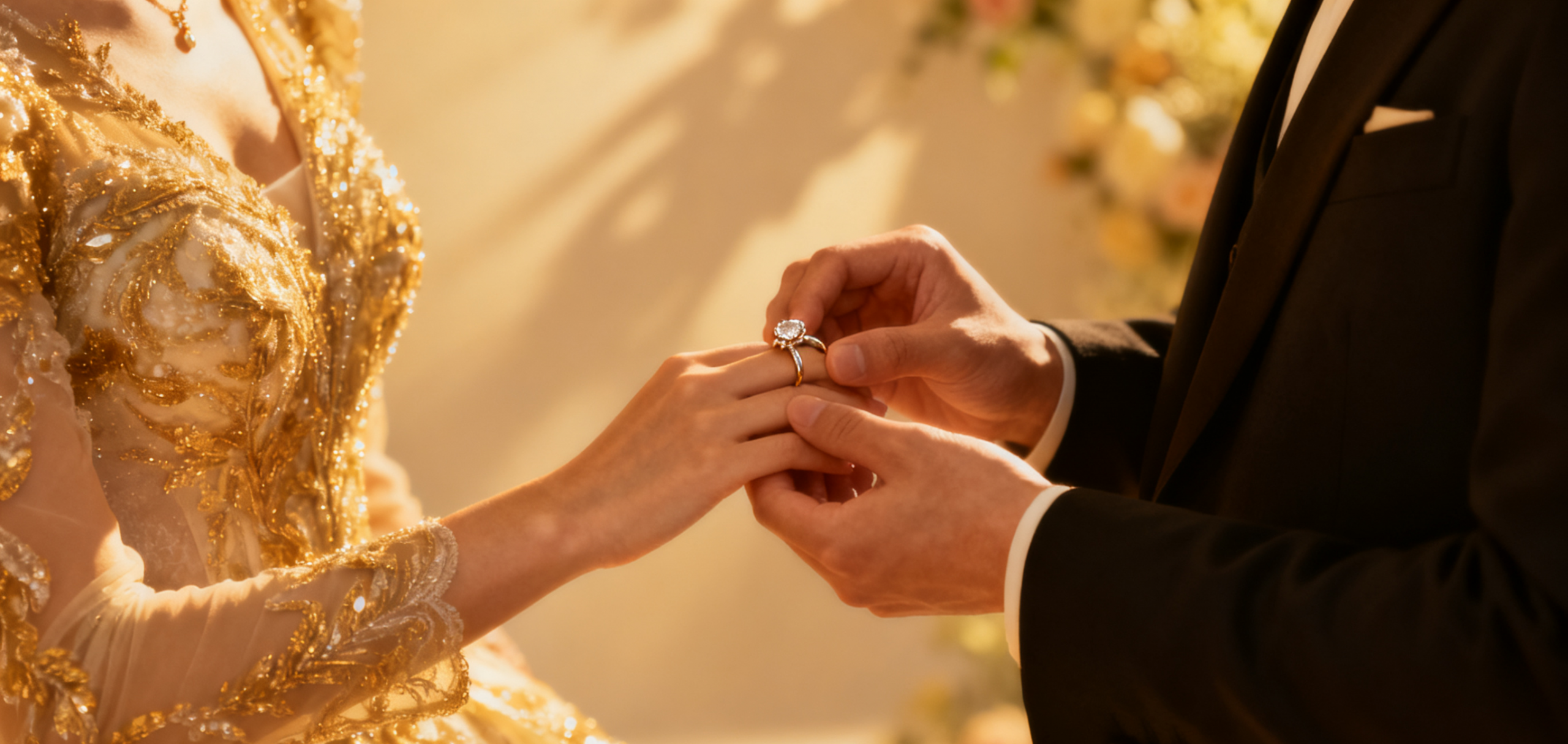
2. Love and Union: Jewelry as Bond and Promise
Few occasions are as universally adorned as love and union. Engagement rings, wedding bands, and anniversary gifts are not mere accessories but symbols of commitment, continuity, and shared destiny. In ancient Rome, rings were exchanged as tokens of eternal bond. In Chinese weddings, gold jewelry is gifted to symbolize prosperity and fertility. In African traditions, beaded necklaces exchanged between partners carry ancestral blessings.
Modern couples often personalize these traditions—choosing gemstones that reflect shared values, engraving rings with private messages, or blending cultural motifs into unique designs. Jewelry here becomes both public declaration and private promise. SEO terms like wedding jewelry meaning, engagement ring symbolism, and anniversary jewelry traditions resonate with readers seeking guidance. Love and union remind us that jewelry is not static but living, evolving with relationships, carrying the warmth of shared journeys.

3. Celebration and Achievement: Jewelry as Recognition
Jewelry also marks occasions of triumph—moments when effort, perseverance, and talent are recognized. Crowns and medals in ancient times were literal jewelry of achievement. In modern life, awards often take the form of pins, brooches, or commemorative pieces. A gold watch for decades of service, a pendant for artistic recognition, or a bracelet for athletic victory—these adornments embody achievement.
Culturally, jewelry as recognition has deep roots. In Japan, kanzashi hair ornaments were once worn by geishas to signify mastery. In the West, medals and insignias remain symbols of honor. Today, even corporate recognition often includes jewelry-like awards, blending tradition with modernity.
Psychologically, wearing jewelry tied to achievement reinforces self-efficacy and pride. It is a reminder of capability, a talisman of perseverance. SEO terms like jewelry for achievement, award jewelry meaning, and recognition jewelry traditions connect with readers seeking inspiration. Celebration and achievement remind us that jewelry is not only about beauty but about honoring effort and success.

4. Communal and Sacred: Jewelry as Collective Ritual
Beyond personal and relational milestones, jewelry also plays a role in communal and sacred occasions. Festivals, religious ceremonies, and cultural gatherings often feature adornments that symbolize belonging and shared identity. In Hindu festivals, gold and flowers are worn as offerings. In Daoist rituals, jade amulets are carried for protection. In African ceremonies, beadwork signifies community and lineage.
Modern life continues these traditions in new forms—families wearing coordinated jewelry during holidays, communities creating symbolic pins or pendants for shared causes, or spiritual seekers wearing gemstones during meditation circles. Jewelry here transcends the individual, becoming a bridge between self and community, human and divine. SEO terms like ritual jewelry meaning, festival adornment traditions, and sacred jewelry symbolism resonate with readers seeking depth. Communal and sacred occasions remind us that jewelry is not only personal but collective, a way of embodying shared values and spiritual connection.
Conclusion — Mapping Life Through Adornment
The Occasion Map philosophy teaches us that jewelry is not random but intentional, woven into the milestones of life. From intimate beginnings to love and union, from celebration and achievement to communal and sacred rituals, adornments chart our journey. To wear jewelry is to carry a map of meaning—each piece a landmark, each occasion a destination. By mapping jewelry to life’s moments, we discover that beauty is not only seen but lived, not only worn but remembered.
Sacred Tools, Everyday Treasures
Every ritual deserves its tools. Our collection blends tradition with modern design, offering treasures that turn daily moments into living rituals.

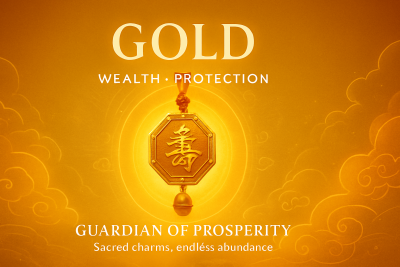
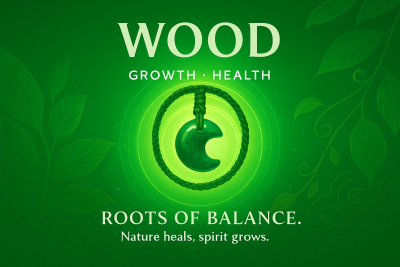
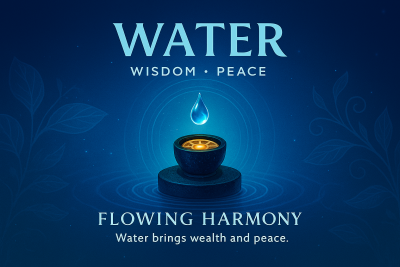

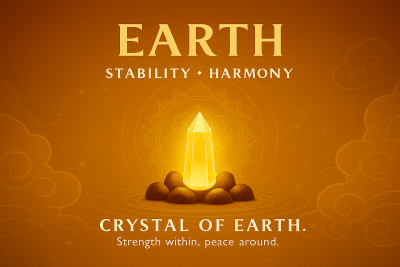
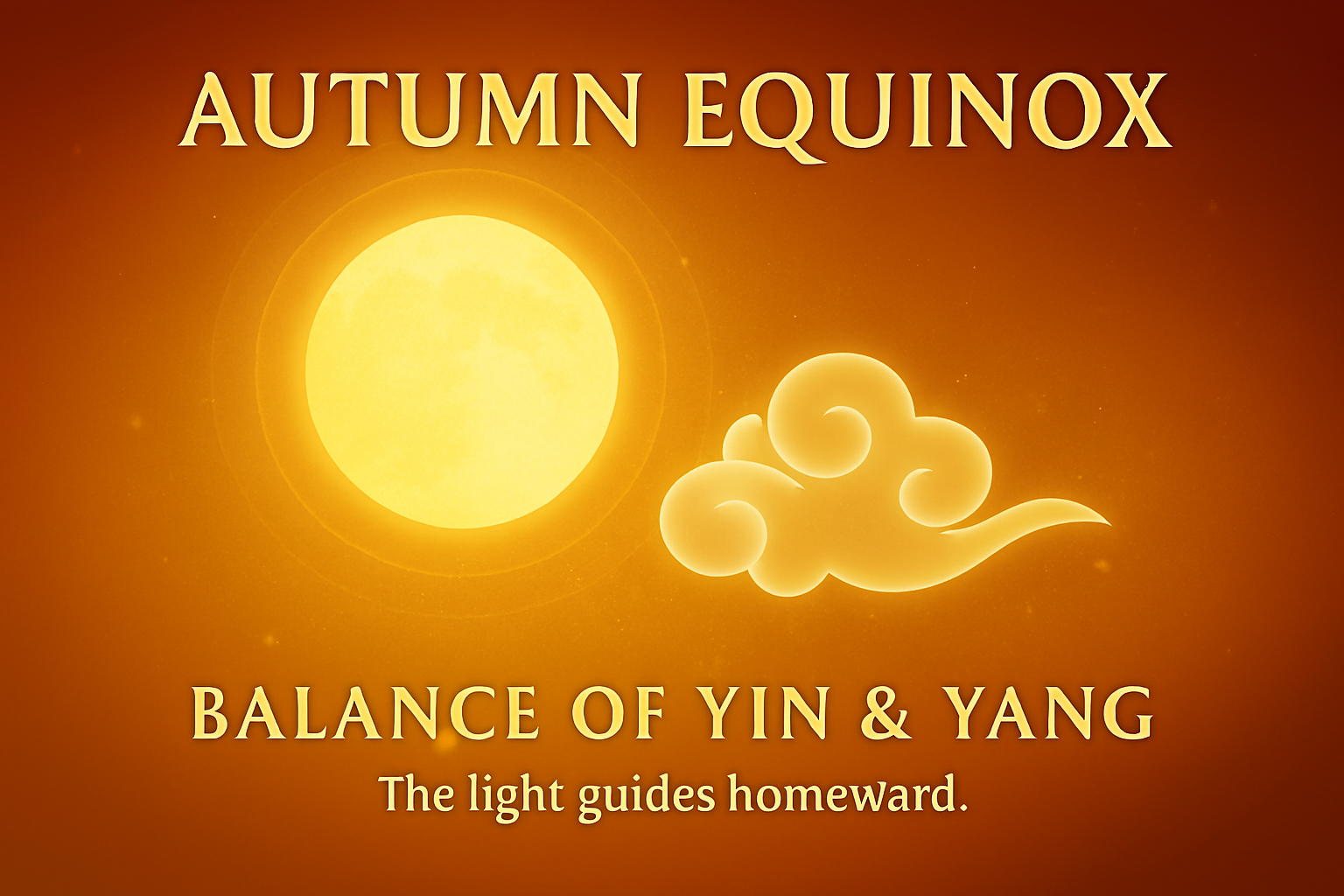
.png)
.png)
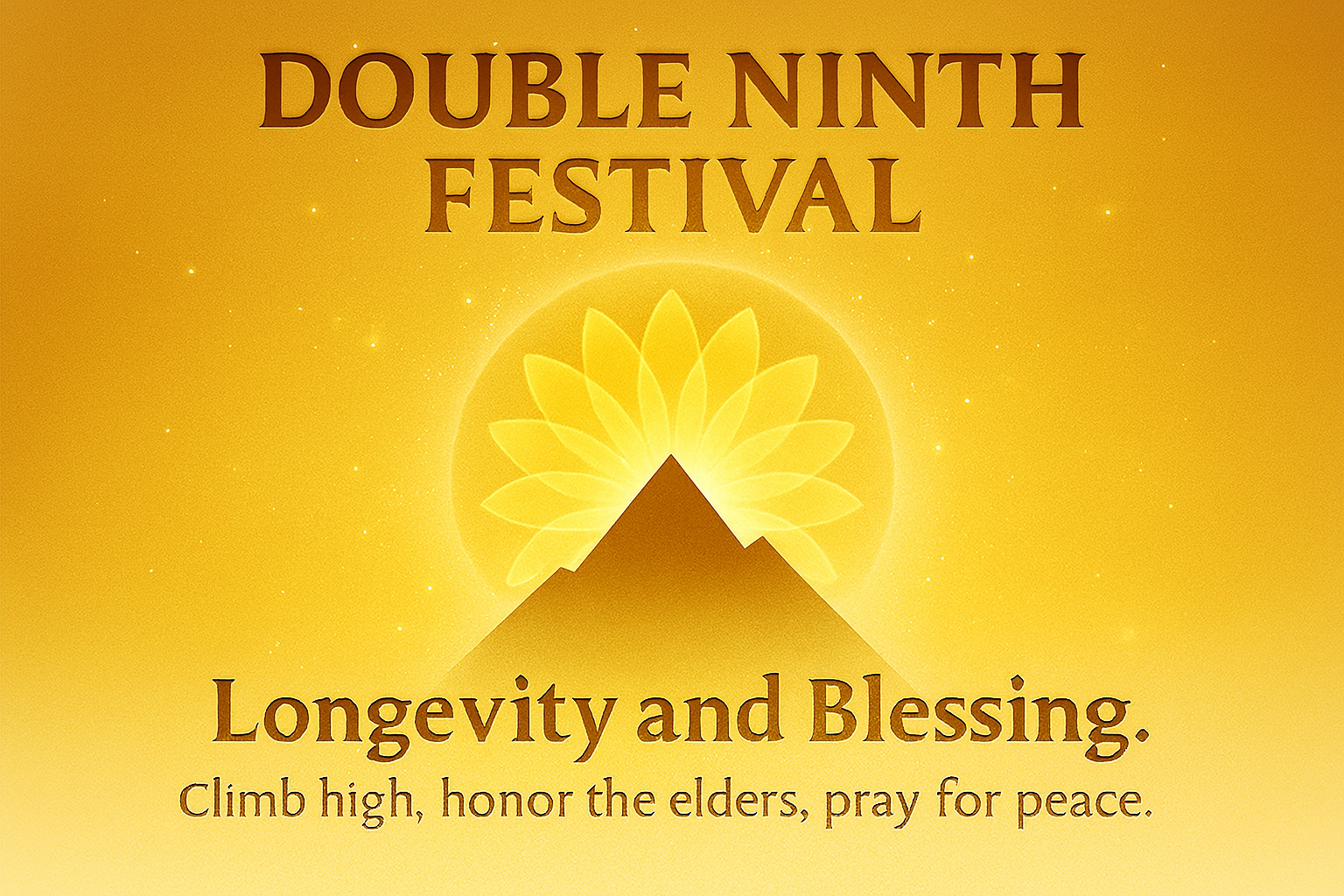
.png)
.png)
.png)
.png)
.png)
